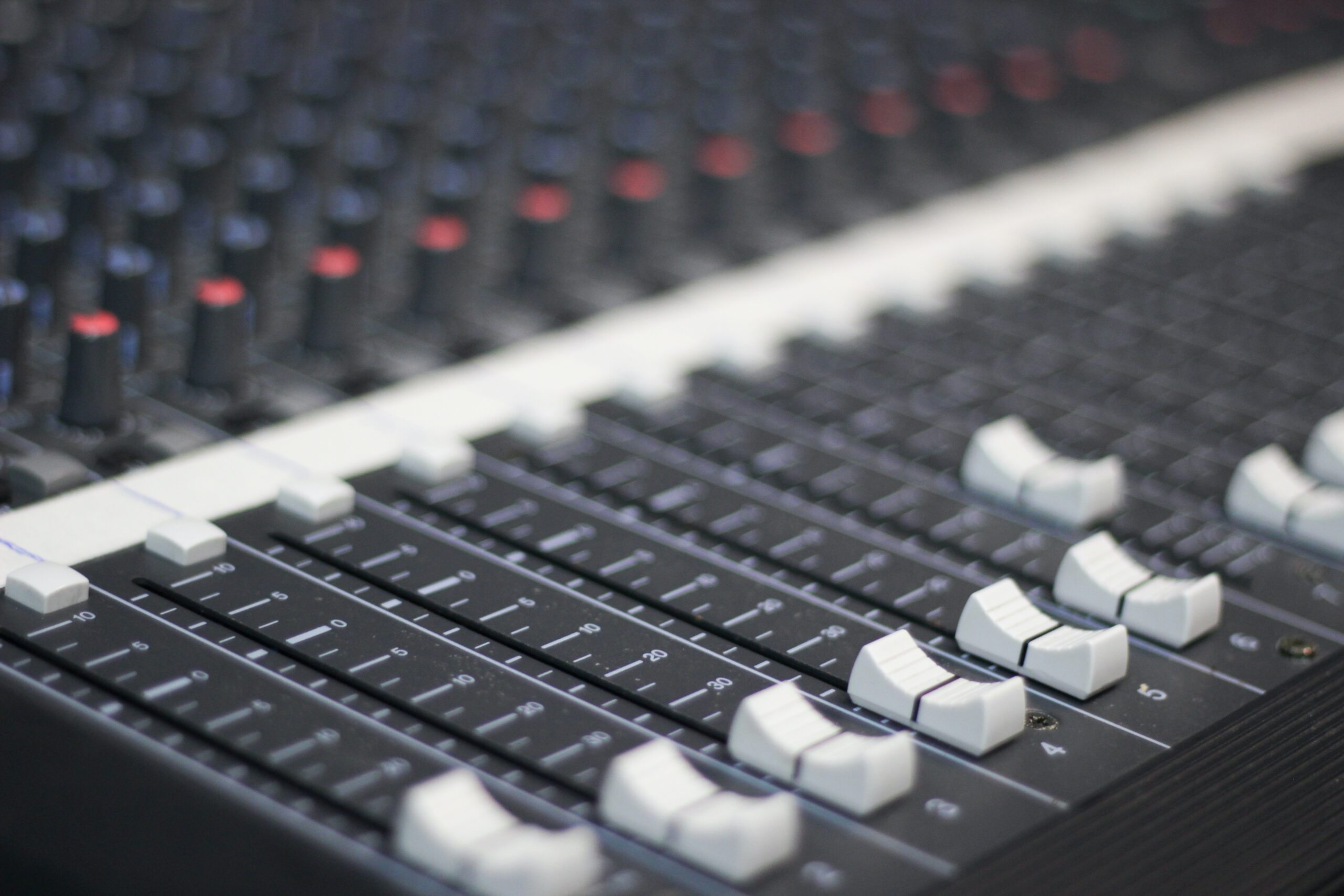
Who Listens to the Audio?
By Peter Saxon
My grandmother never owned a vacuum cleaner. She had a Hoover. When watching a sad movie, she’d go through a box of Kleenex, not tissues. And there was never any toilet paper in the loo, just Sorbent.
When your product is in common use as a verb, such as, “I’m going to hoover the loungeroom,” you’ve attained a rare level of ‘branding Nirvana.’ Today, the vacuum cleaner market has too many competing brands for any one of them to be the overarching term for all dust sucking devices. People are not going to talk about “hoovering the loungeroom,” if, in fact, they’re using a Dyson or a Samsung.
For my mother, Radio wasn’t a brand. To her it was a device or an appliance, like a toaster, that allowed her to choose from a short list of AM stations.
When I started in radio in 1972, the media landscape was pretty simple. One’s choices for personal entertainment, were radio, television or print. The term “Free to Air” (FTA) Television had not yet been invented because no one could imagine there’d ever be any other kind.
Much has happened in the half century since my debut on 2XL Cooma panelling for Des Hoysted and Johnny Tapp from the Harold Park Trots.
The print media has been decimated. Newsagents, whose business model was built around the distribution of newspapers and magazines have all but disappeared, relegated to a small section in convenience stores, dwarfed by the Lotto counter.
FTA Television now competes with hundreds of subscription choices that have gnawed away at FTA’s content options, leaving it with a strict diet of sport, reality and game shows.
Media has changed so much and become so saturated in brands and outlets that the term “print” or even “newspaper” are just about obsolete. And “television” will become merely the name given one of the devices that can deliver a vast range visual content into your lounge room or onto your mobile… unless the manufacturers come up with a new name for it.
It seems that the days of people invariably saying, “I was watching TV last night…,” or “Did you read the story in the paper this morning about…?” are gone. Now, people are just as likely to say, “I was watching Netflix the other night…” or, “A story came through on my Twitter feed.”
Yet, people are still saying, “I was listening to the radio…” Or, perhaps, “I was listening to Fifi, Fev and Nick on Fox…” which is also good.
In the rush to embrace the broader spectrum of audio, radio must not allow itself to be diminished within it. It would be a tragedy if the language changed to, say, “I was listening to some idiot they had on the audio this morning proclaiming himself to be a sovereign citizen…”
Smart TVs and plugins confront viewers with a bewildering array of subscription packages that make it nigh impossible to cherry-pick the content you want without getting a ton of stuff you don’t, unless you can afford a monthly bill that’s around the cost of private health insurance.
In comparison, audio is relatively simple. There are only three major categories, which are mostly free – except for Spotify where you need a subscription if you don’t want to listen to ads. Most users would rather pay from about $12 per month for an individual to access a library of around 80 million tracks on demand without the ads. That’s less than most people would have spent on buying one CD a month 30 years ago.
Radio
There’s radio, of course, that’s live and local. And then there’s radio that was live, is still local and now available on demand.
Podcasting
There are literally thousands of podcasts available on a variety of topics easily searchable through a source like LiSTNR or iHeart or any one of the large aggregators such as Apple or Google.
Music Streaming
If any brand has come to represent music streaming in the way that Hoover once was synonymous with vacuum cleaners, it is Spotify – at least in Australia. As we’ve often discussed in this column, Spotify has not and is unlikely to ever replace radio. The thing it is replacing, however is CDs… while inadvertently revitalising vinyl. Go figure.
Each of these three elements are unique even in this heavily saturated personal entertainment market, if for nothing more than being able to listen to audio while doing something else, whether gardening or playing Candy Crush.
But what really sets audio apart is the content. It’s always about the content.
Podcasting is new to the audio spectrum and has grown exponentially over the past few years. It’s a little like Netflix in that it offers all kinds of esoteric content that would never have appeared on traditional screens. But unlike Netflix, Stan and the others, podcasting hasn’t disrupted the established audio industry around it. Instead, it complements it brilliantly.
By contrast, radio and recorded music have co-existed for about 100 years. For music not much has changed during that time except for the recording quality and the manner in which it is distributed.
Radio has gone through various changes in style and content from being TV without pictures before the advent of television, to more music post TV, to less music and more emphasis on talk and personality today.
Above all, the old maxim “live and local” remains radio’s secret power, the one most likely to ensure its survival into the next century when listeners will hopefully still be saying, “I heard something on the radio today…”
First published by RadioInfo. Read original here
Discussion
No comments on this post yet, start a discussion below!